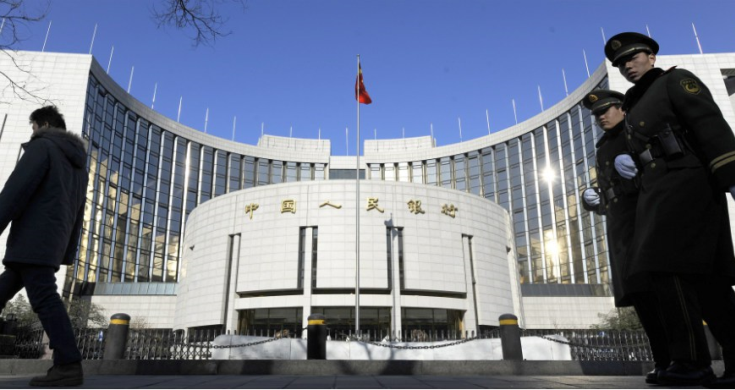Written by marcuss
It might be surprising… but today I’m going to recommend that you add some Chinese bank exposure to your portfolio.
This sector was an unloved area for many investors between 2013–2016. It was a time of sharply rising debt in China, and the risky shadow banking sector (i.e., off-balance sheet opaque lending) was growing rapidly, with few apparent controls. The Chinese equity market had also soared into bubble territory, and crashed sharply in 2015.

On top of this, the country was seeing its foreign exchange reserves run down as investors poured money offshore. This, in turn, produced significant downward pressure on the currency.
China’s banks are healthy…
Many of these concerns have dissipated over the past year. Recognizing growing risks in the financial sector, the Chinese authorities took a range of evasive actions to reduce risks in the banking system.
These included curbs on access to foreign capital and curbs on Offshore investment. Controls were put on lending by banks and on organisations in the non-bank financial sector (shadow banking). This included the unwinding of some shadow banking and interbank activities, controls  to your portfolio. operations, trust structures and interbank lending structures. Policies have also tightened mortgage lending in the residential property market.
These measures have led to the stability of the currency. Devaluation risks are much less of a concern to investors now compared with the near panic in 2015 when the currency fell by a few percentage points.

Photo: Sheeraz Raza, ValueWalk
The country’s reserves have also stopped falling and are now picking up again.
From growing at double-digit rates in the earlier part of this decade, growth of bank assets (loans advanced by banks) shrunk to 4.4 percent in the first half of 2017 for the top 16 banks, according to Moodys. This suggests that lending growth is being reined to a healthier rate.

